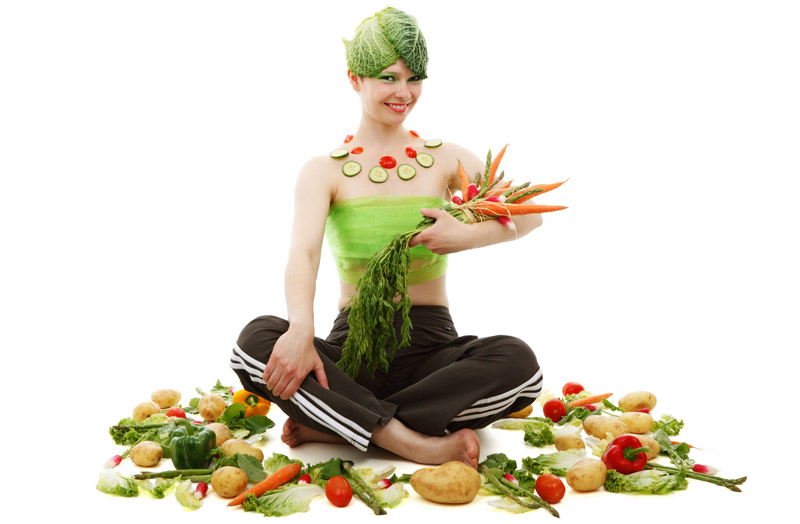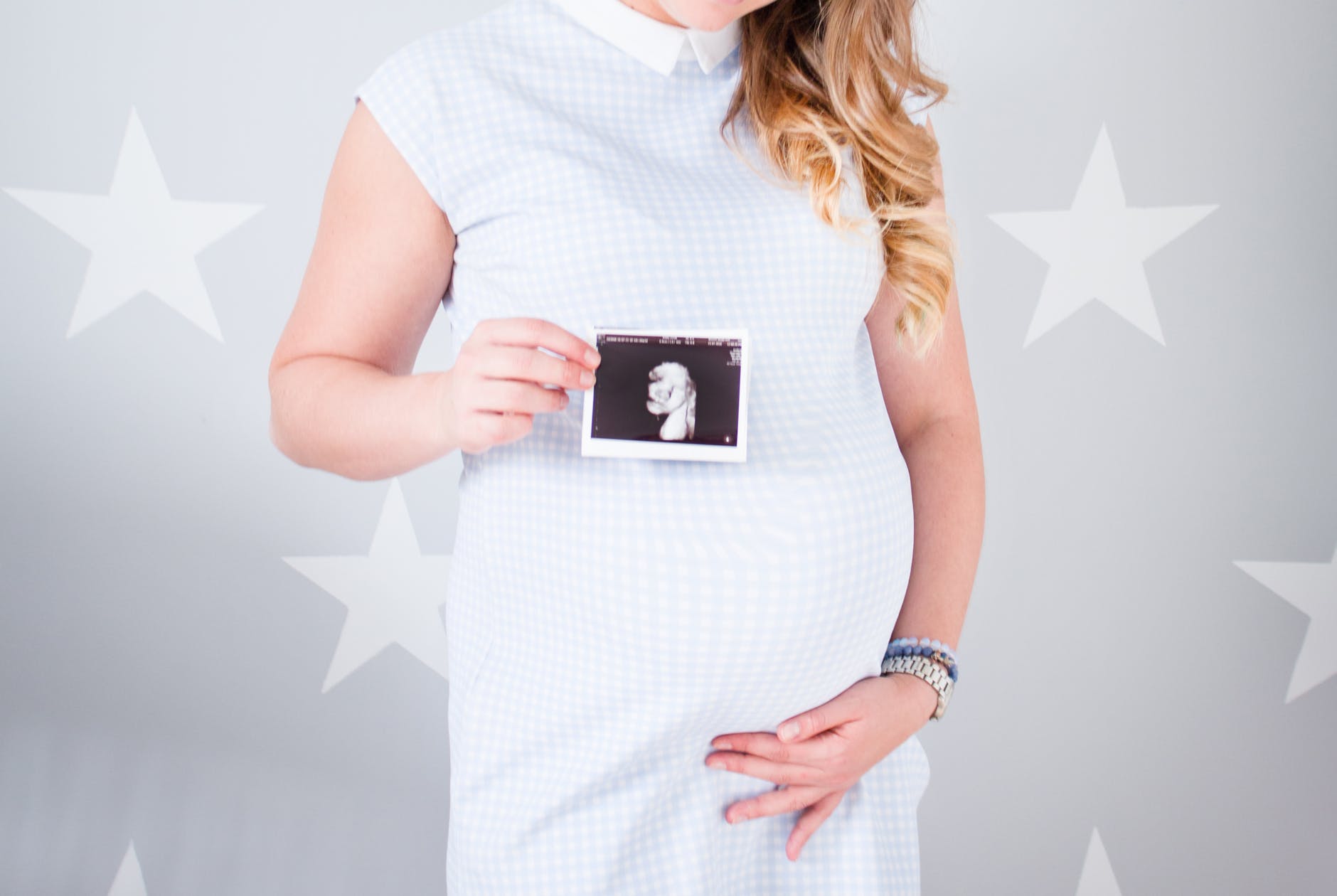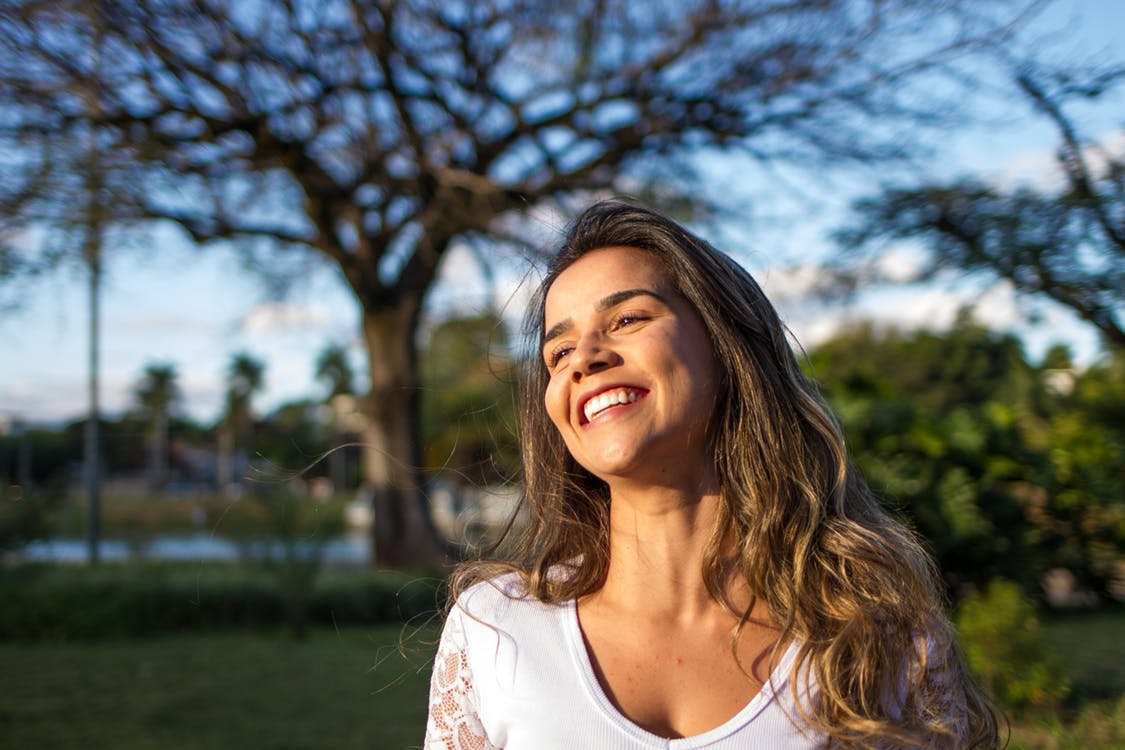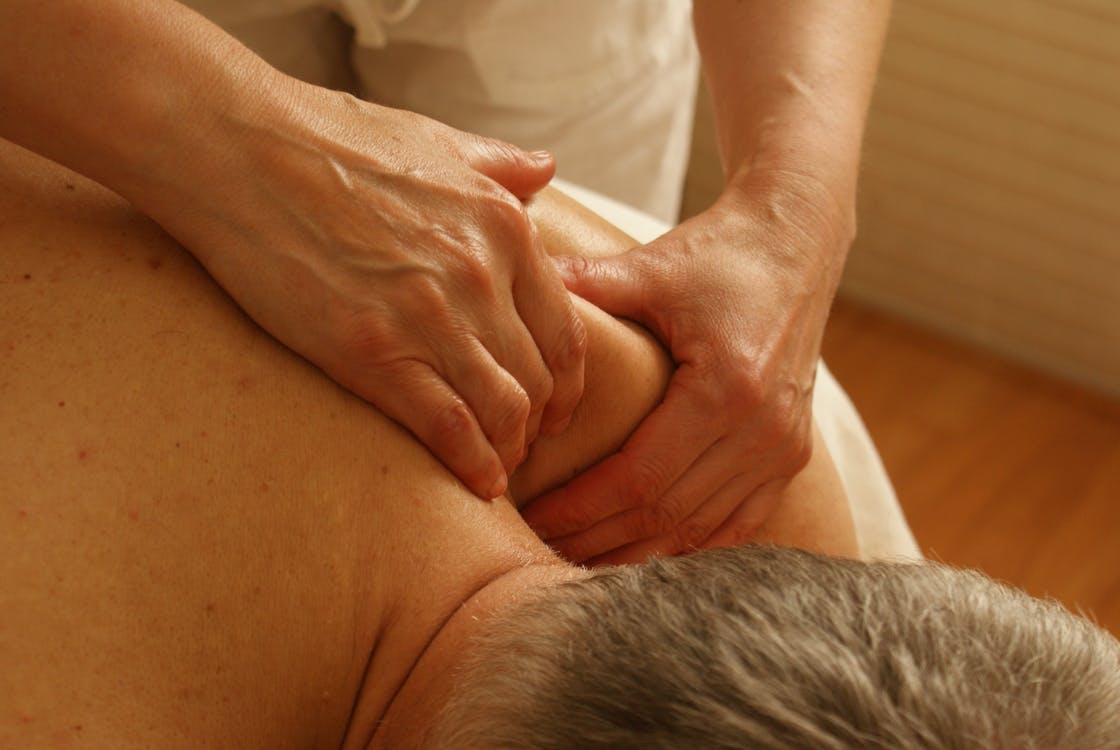By eating a nutritious diet, avoiding alcohol, maintaining a healthy weight, and exercising regularly, most of us can reduce our risk of breast cancer by 33 percent to 50 percent! That’s pretty good news. So what follows is a simple list of dos and don’ts—a sort of checklist—that will get you started on the road to risk reduction!
Table of Contents
Be as Lean as Possible, and Avoid Excess Weight Gain
A woman increases her risk of breast cancer if she adds excess weight during pregnancy or if she becomes overweight after menopause. This is because most of the estrogen in post-menopausal women is produced by fat cells, so high body fat may increase breast cancer risk.
Check your body mass index (BMI)
The BMI is the ratio of your weight in kilos, divided by your height in meters, squared; you can find many free BMI calculators on the Internet. Here’s one site.
How did you do?
- A BMI value between 18 and 24.9 is a healthy weight.
- A BMI value between 25 and 29.9 indicates that a person is overweight.
- A BMI of 30 and more means that a person is obese.
What if your BMI and your weight are already out-of-bounds? Never fear, because here’s some good news: overweight women who slim down can cut their risk of breast cancer by up to 50 percent, compared to those women who remain heavy.
Exercise!
Recent research suggests that, regardless of other factors, exercise may reduce cancer risk all by itself, no matter what other risk-reduction strategies you may or may not try. This might be because exercise moderates the levels of estrogen and insulin, both of which informally known as so called “growth hormones for cancer generation” within the human body. Lower levels of these two cancer growth promoters mean less risk of cancer.
Each week, aim for at least 150 minutes of moderate-intensity exercise, or 75 minutes of vigorous activity, or some combination of these each week. If you get at least 30 minutes of moderate exercise most days, you can reduce your breast cancer risk by as much as 20 percent.
Re-apportion the space on your dinner plate
Gradually re-align your portion sizes as follows.
- Limit your portions of meat and protein to about 1/3 of your dinner plate. Choose lean cuts of meat and poultry, as well as vegetarian options where possible.
- Fill at least 2/3 of your plate with vegetables, fruits, whole grains, and beans. These nutritious foods will also fill you up with fiber, while providing lower-calorie options. Pick fruits and vegetables that are bright red or dark green, since these are high in carotenoids. Best bets include kale, collards, spinach, carrots, sweet potatoes, melons, red peppers, and winter squash. Researchers have found that women with higher levels of carotenoids have a lower risk of breast cancer, especially those cancers that are more difficult to treat and have a poorer-than-average prognosis.
- As a rule, eat at least 2-1/2 cups of vegetables and 2-1/2 cups of fruits every day. A serving is about ½ cup of fruit or vegetable, so aim for at least 5 servings in total. Although 5 servings is the goal, when it comes to cancer prevention, we dietitians say, “Seven is heaven and nine is divine.”
- Cook it right. Keep in mind that prolonged cooking times and boiling foods in a lot of water will leach out the nutrients. To preserve the nutritional value of foods, it’s best to use rapid cooking methods and only a little water.
- Each week, plan to have two or more servings of oily fish (catfish, rock fish, bass, trout, tuna, anchovies, sardines, and salmon). These fish are rich in omega 3 fats, which help to reduce inflammation and may protect cells from becoming damaged or cancerous.
- Boost your fiber! Fibrous foods may affect the way younger women’s bodies regulate and process estrogen. For every 10 grams of added fiber you eat daily—the amount in about 1/2 cup to 1 cup of beans, depending on type—you’ll be decreasing your breast-cancer risk by seven percent.
- Choose whole-grains such as pastas, quinoa, barley, brown rice, whole-grain breads and breakfast cereals, bran flakes, and porridges. Also, toss more beans, lentils, and peas into stews, soups, salads, and stir-fries.
- Be cautious about foods containing antibiotics, growth hormones, and BPA (bisphenol A) in the packaging, since these substances may influence cancer risk through other chemical routes—for example, by acting as hormone-like substances within the body.
- Don’t avoid the soy. In studies of cancer-free women, eating soy foods was either not linked to cancer or was slightly protective against breast cancer. Opt for whole-food sources of soy for your diet, however—miso, tofu, tempeh, edamame, and organic soy yogurts and soymilks. Two to three servings of non- GMO (genetically modified organisms) soy foods a day should be fine as part of your re-designed eating plan. Several studies suggest soy-rich diets may reduce breast cancer risk and improve survival; however, some experts recommend that breast-cancer patients with estrogen-sensitive tumors avoid soy. In any case, there is little data to support the use of concentrated soy powders or supplements of isolated soy phytochemicals for reducing cancer risk.
- Avoid alcohol. Women should have no more than one drink a day, and those at high risk for cancer should avoid alcohol altogether. By the way, one drink measures out to 5 ounces of wine, 12 ounces of light beer, 8 ounces of stout or ale, and 1.5 ounces of hard liquor.
- Do not rely on pills or supplements to protect against cancer. A healthy anti-cancer diet is one that’s based on a foundation of whole foods. To date, studies of antioxidant supplements have not shown that they lower cancer risk. In fact, some studies have found an increased risk of cancer among those taking supplements. To reduce cancer risk, the best advice at this time is to get your antioxidants from food sources rather than from supplements.
Of all these suggestions…
…the three strategies that researchers say will cut your risk the most are:
- eating plenty of fruits, vegetables, and whole grains
- finding a healthy weight for yourself
- drinking only one (or no) alcoholic beverages a day
About the author:
Isabelle Clover is a health food champ and a stay-at-home-mom. Isabelle spends much of her time raising her son and teaching him about healthy eating and caring for the environment.





